1. It Creates Instant Visual Calm
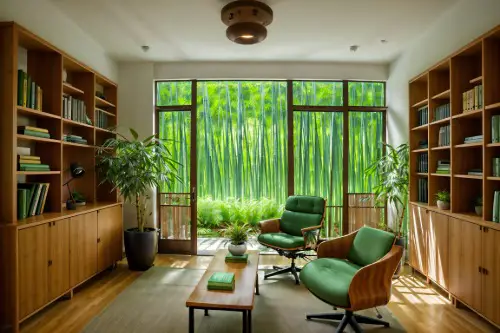
In tight quarters, symmetry offers balance that helps the eye relax. When furniture, lighting, or decor mirror each other, the space feels intentional—not chaotic. It’s a shortcut to serenity, especially where square footage is limited. Order becomes oxygen.
Designers use symmetry to reduce visual noise and make small rooms feel composed. Even imperfect symmetry—like matching lamps or paired chairs—builds emotional ease. Calm isn’t just a feeling—it’s a layout. Balance makes space feel bigger.
2. It Enhances Function Without Fuss
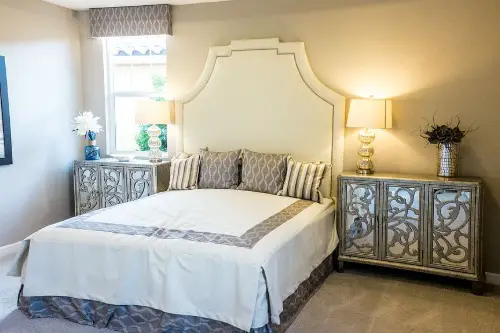
Symmetrical layouts often lead to intuitive movement—like placing two chairs opposite a sofa or flanking a bed with identical nightstands. These choices guide flow without requiring extra square footage. You get usability and elegance in one move. Form follows familiarity.
In small spaces, every inch counts—so symmetry helps maximize utility without overthinking. It’s design that works while looking good. Efficiency becomes effortless. You don’t just decorate—you direct.
3. It Amplifies Natural Light
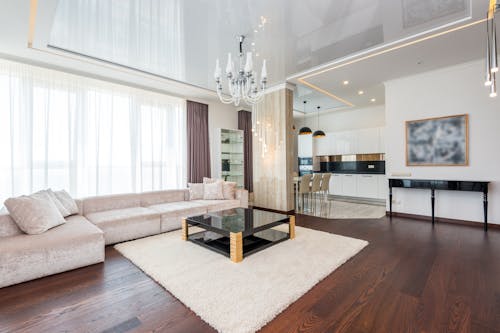
Mirroring elements around windows—like matching curtains, plants, or sconces—helps bounce light evenly across the room. This makes small spaces feel brighter and more open. Symmetry doesn’t just organize—it illuminates. Light loves balance.
Designers often use symmetrical framing to draw attention to natural light sources. It’s a subtle way to expand the room emotionally. When light flows evenly, space feels generous. Brightness becomes a design tool.
4. It Grounds Floating Furniture
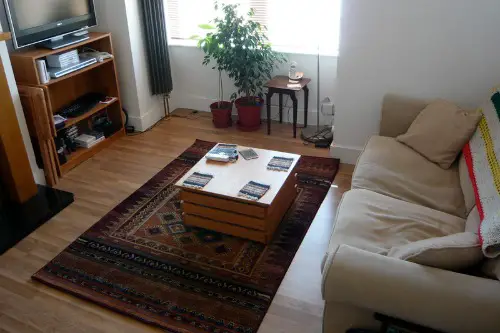
In small rooms, furniture often floats—so symmetry helps anchor it visually. A centered rug, paired side tables, or balanced wall art keeps the layout from feeling scattered. You’re not just placing objects—you’re composing a scene. Grounding builds grace.
Even asymmetrical pieces benefit from symmetrical surroundings. It’s about creating a stable rhythm that holds the room together. Floating doesn’t mean drifting. Symmetry gives furniture a home.
5. It Makes Styling Easier

When you decorate symmetrically, decisions become simpler—two matching lamps, two similar frames, one centered focal point. You don’t need to reinvent the wheel every time. It’s a design formula that works across styles and eras. Simplicity becomes sophistication.
In small spaces, fewer choices mean faster styling and less visual clutter. You get cohesion without complication. Symmetry is the shortcut to timeless. Design becomes intuitive.
6. It Highlights Focal Points
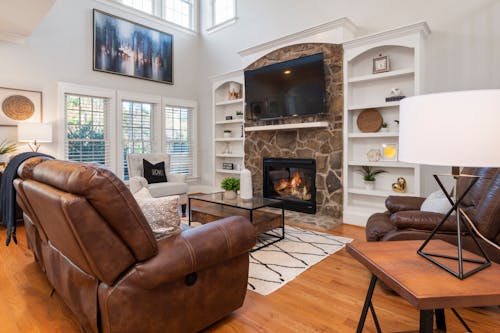
Symmetry naturally draws the eye to the center—whether it’s a fireplace, a bed, or a piece of art. In small rooms, this helps establish hierarchy and purpose. You’re guiding attention, not competing for it. Focus builds flow.
Designers use symmetry to reinforce what matters most in a room. It’s storytelling through placement. When the eye knows where to land, the space feels more spacious. Direction creates dimension.
7. It Adds Formality Without Stiffness
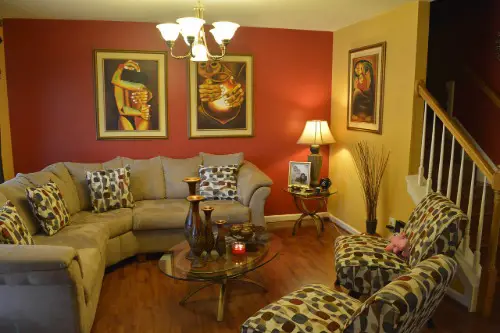
Symmetry brings a touch of elegance—even in casual or eclectic spaces. It suggests care and intention, but doesn’t have to feel rigid. Paired elements can be playful, cozy, or bold. Formality becomes friendly.
In small homes, this polish elevates without overwhelming. You get structure without sterility. Symmetry doesn’t mean strict—it means styled. Charm lives in the mirror.
8. It Works Across Styles and Budgets
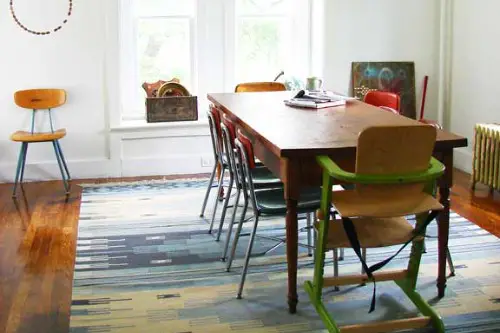
Whether you’re into modern minimalism or vintage maximalism, symmetry adapts. You can mirror thrifted finds, DIY art, or high-end pieces—it’s about placement, not price. Designers love it because it’s democratic. Balance doesn’t cost extra.
In small spaces, versatility is key—and symmetry delivers. It’s a timeless tool that flexes with taste. Style finds structure in repetition. Your room becomes a reflection of intention.
This post Why Designers Still Swear by Symmetry in Small Spaces was first published on Greenhouse Black.
